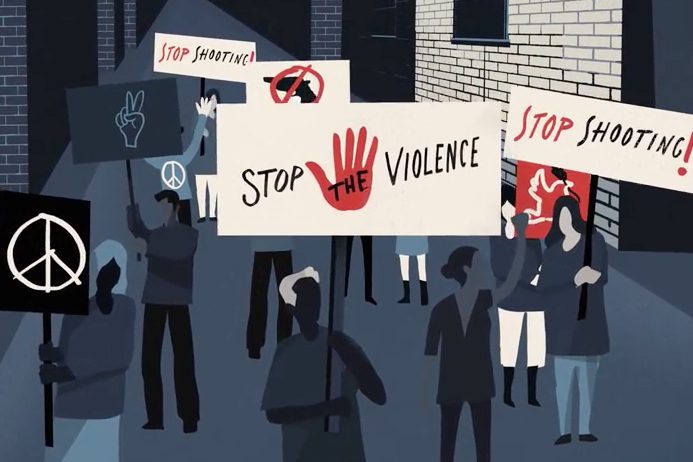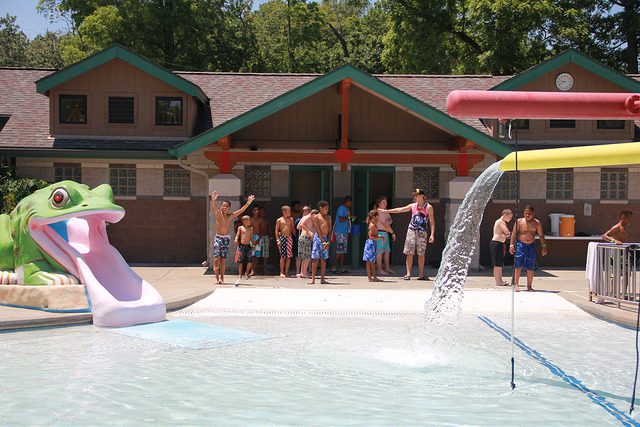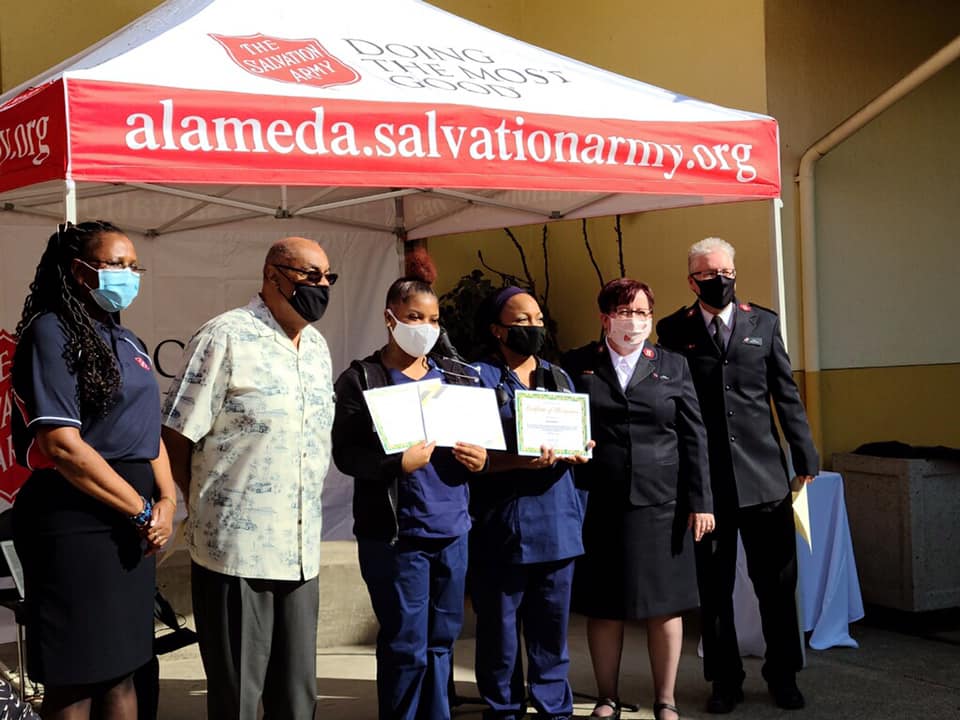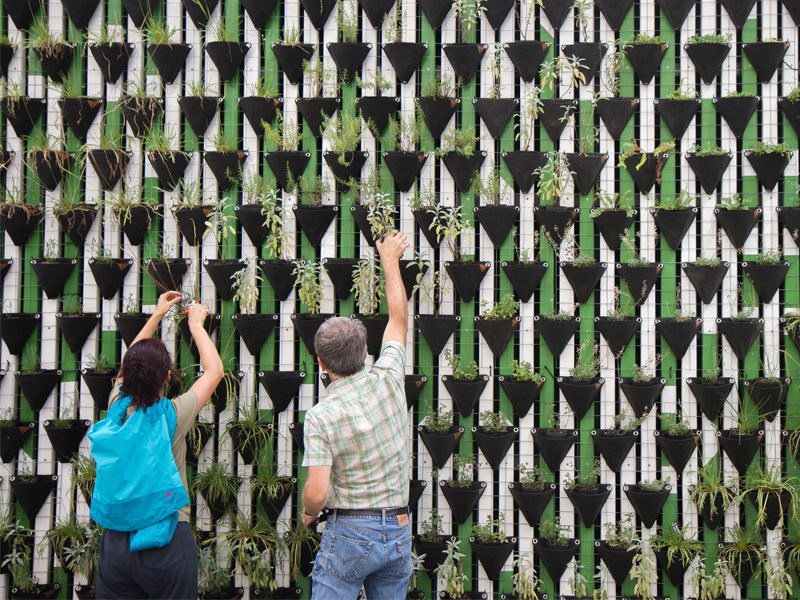Listen to this article
Listen to this article
Loading
Play
Pause
Options
0:00
-:--
1x
Playback Speed- 0.5
- 0.6
- 0.7
- 0.8
- 0.9
- 1
- 1.1
- 1.2
- 1.3
- 1.5
- 2
Audio Language
- English
- French
- German
- Italian
- Spanish
Open text
let’s make the cure contagious. cure violence applies epidemic health model to communities. people have known for a long time that violence begets violence, but i don’t think people truly understood that violence is scientifically a contagious problem. when we apply epidemic control methods to prevent violence, we are able to drastically reduce shootings, killings and other violent acts. the facts since 1960, more than 1 million people have died in the united states from intentional violence violence hasindirect health effects as mere exposure to it has been linked to:. chronic disease (heart disease, asthma, stroke, cancer, and more). mental health problems (ptsd, stress, anxiety, depression, and more). lower quality of life. increased risk of perpetrating violence. learn moreabout the cure violence model in “the interrupters” documentary and in “a path appears: transforming lives, creating opportunity,” (knopf, 2014) by new york times best-selling authors nicholas kristof and sheryl wudunn. source: cure violence. i’m a physician trained in infectious diseases, and following my training, i moved to somalia. i landed in the middle of a refugee crisis—1 million refugees spread over 40 camps with six doctors to provide health services. my responsibilities were largely related to containing and treating tuberculosis and cholera. following three years of work in somalia, i was hired by the world health organization (who) and assigned to containing the aids epidemic in uganda. after 10 years of working overseas, i was exhausted and ready to return to chicago. i’d seen too much death, in particular epidemic death. i was uncertain as to what i would do until friends began telling me about kids shooting other kids with guns. i asked many people: “what are you doing about it?”. no one seemed to have any new or promising solutions. the way i saw it, politicians and public policy experts were calling for the same “solutions” to what was clearly a growing problem of violence, particularly in urban areas. the problem was “stuck.”. trained in science as a physician, i turned to data for answers. when i mapped areas of high violence in chicago and other cities, violence clearly “clustered” in communities, reminding me of the clustering i had seen overseas with infectious epidemics, including cholera. after years of research, it has become abundantly clear that violence behaves like contagious disease. and that’s good news overall, as epidemics can be reversed using a three-step, common-sense health approach: interrupting transmission of the disease; reducing the risk of the highest risk; and changing community norms. this health approach is how the aids epidemic in uganda was successfully reversed. it’s how the containment of the ebola virus was accomplished this year in sierra leone and liberia. in 2000, cure violence received its first grant to create a demonstration site focusing on this new health approach to violence prevention in the most violent chicago neighborhood. the first experiment resulted in a 67 percent drop in shootings and killings in west garfield park. the funders said, “great work, but can you do it again?” the next four high-risk neighborhoods in which we deployed this health approach resulted in a 45 percent drop in shootings and killings. since that time, the approach has been replicated over 60 times in 25 u.s. cities and eight countries on four continents. in fact, cure violence is currently ranked 17th on the list of top 500 global ngos by global geneva and the top ngo focused on reducing violence. a national institute of justice and northwestern university evaluation found reductions in shootings and killings in seven chicago neighborhoods of 41 to 73 percent. studies in other cities have shown similar results. for example, a centers for disease control and johns hopkins evaluation in four baltimore, md., program sites showed reductions in killings of up to 56 percent and in shootings of up to 44 percent as well as strong evidence of norm change—rejecting the use of violence—in the program community. individual life transformations help make this work incredibly fulfilling. cure violence health model cure violence uses the same three components that are used to reverse epidemic disease outbreaks. detect and interrupt potentially violent conflicts. identify and treat highest risk. mobilize the community to change norms. “first i got shot at 18. then i got shot again at 21. i was just in a rage of revenge, revenge, revenge,” said stacy, a participant in englewood. “the cure violence staff came to me and taught me how to let go. i feel like if he [staff member] wouldn’t have never taught me how to let go, i’d still be blood thirsty.” i watch lives saved almost every day as people like stacy learn to manage their anger and rage using nonviolent methods. today, hundreds of stacys growing up in difficult neighborhoods are working with u.s. and global cure violence partners, changing their personal behaviors and the social norms related to violence in these communities. as a complement to traditional law enforcement, we are drastically reducing violence and reinventing high-risk, violent communities, transforming them into economically viable, vibrant neighborhoods. at cure violence, we live our mission to “reduce violence globally using disease control and behavior change methods” every day, from the streets of capetown to brooklyn to puerto rico to chicago to honduras to baltimore to new york city. our collective vision is a world without violence. as the poet robert frost so eloquently stated: “i have promises to keep and miles to go before i sleep.”. let’s get this done.
Open context player
Close context player
Plays:-Audio plays count
let’s make the cure contagious. cure violence applies epidemic health model to communities. people have known for a long time that violence begets violence, but i don’t think people truly understood that violence is scientifically a contagious problem. when we apply epidemic control methods to prevent violence, we are able to drastically reduce shootings, killings and other violent acts. the facts since 1960, more than 1 million people have died in the united states from intentional violence violence hasindirect health effects as mere exposure to it has been linked to:. chronic disease (heart disease, asthma, stroke, cancer, and more). mental health problems (ptsd, stress, anxiety, depression, and more). lower quality of life. increased risk of perpetrating violence. learn moreabout the cure violence model in “the interrupters” documentary and in “a path appears: transforming lives, creating opportunity,” (knopf, 2014) by new york times best-selling authors nicholas kristof and sheryl wudunn. source: cure violence. i’m a physician trained in infectious diseases, and following my training, i moved to somalia. i landed in the middle of a refugee crisis—1 million refugees spread over 40 camps with six doctors to provide health services. my responsibilities were largely related to containing and treating tuberculosis and cholera. following three years of work in somalia, i was hired by the world health organization (who) and assigned to containing the aids epidemic in uganda. after 10 years of working overseas, i was exhausted and ready to return to chicago. i’d seen too much death, in particular epidemic death. i was uncertain as to what i would do until friends began telling me about kids shooting other kids with guns. i asked many people: “what are you doing about it?”. no one seemed to have any new or promising solutions. the way i saw it, politicians and public policy experts were calling for the same “solutions” to what was clearly a growing problem of violence, particularly in urban areas. the problem was “stuck.”. trained in science as a physician, i turned to data for answers. when i mapped areas of high violence in chicago and other cities, violence clearly “clustered” in communities, reminding me of the clustering i had seen overseas with infectious epidemics, including cholera. after years of research, it has become abundantly clear that violence behaves like contagious disease. and that’s good news overall, as epidemics can be reversed using a three-step, common-sense health approach: interrupting transmission of the disease; reducing the risk of the highest risk; and changing community norms. this health approach is how the aids epidemic in uganda was successfully reversed. it’s how the containment of the ebola virus was accomplished this year in sierra leone and liberia. in 2000, cure violence received its first grant to create a demonstration site focusing on this new health approach to violence prevention in the most violent chicago neighborhood. the first experiment resulted in a 67 percent drop in shootings and killings in west garfield park. the funders said, “great work, but can you do it again?” the next four high-risk neighborhoods in which we deployed this health approach resulted in a 45 percent drop in shootings and killings. since that time, the approach has been replicated over 60 times in 25 u.s. cities and eight countries on four continents. in fact, cure violence is currently ranked 17th on the list of top 500 global ngos by global geneva and the top ngo focused on reducing violence. a national institute of justice and northwestern university evaluation found reductions in shootings and killings in seven chicago neighborhoods of 41 to 73 percent. studies in other cities have shown similar results. for example, a centers for disease control and johns hopkins evaluation in four baltimore, md., program sites showed reductions in killings of up to 56 percent and in shootings of up to 44 percent as well as strong evidence of norm change—rejecting the use of violence—in the program community. individual life transformations help make this work incredibly fulfilling. cure violence health model cure violence uses the same three components that are used to reverse epidemic disease outbreaks. detect and interrupt potentially violent conflicts. identify and treat highest risk. mobilize the community to change norms. “first i got shot at 18. then i got shot again at 21. i was just in a rage of revenge, revenge, revenge,” said stacy, a participant in englewood. “the cure violence staff came to me and taught me how to let go. i feel like if he [staff member] wouldn’t have never taught me how to let go, i’d still be blood thirsty.” i watch lives saved almost every day as people like stacy learn to manage their anger and rage using nonviolent methods. today, hundreds of stacys growing up in difficult neighborhoods are working with u.s. and global cure violence partners, changing their personal behaviors and the social norms related to violence in these communities. as a complement to traditional law enforcement, we are drastically reducing violence and reinventing high-risk, violent communities, transforming them into economically viable, vibrant neighborhoods. at cure violence, we live our mission to “reduce violence globally using disease control and behavior change methods” every day, from the streets of capetown to brooklyn to puerto rico to chicago to honduras to baltimore to new york city. our collective vision is a world without violence. as the poet robert frost so eloquently stated: “i have promises to keep and miles to go before i sleep.”. let’s get this done.
Listen to this article


















